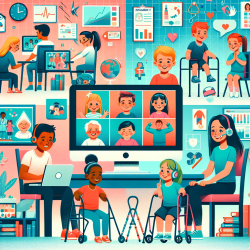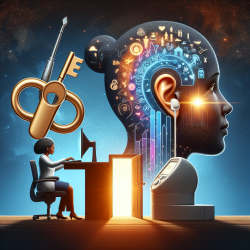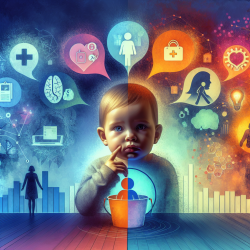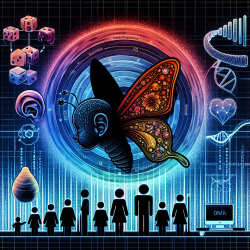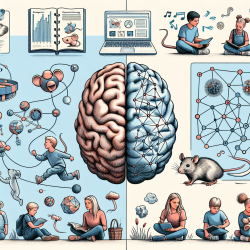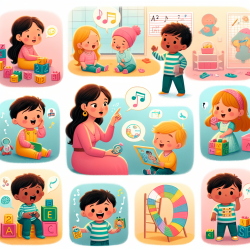As practitioners dedicated to improving the lives of children, we constantly seek innovative, evidence-based methods to enhance our practice. A recent research article titled Dance on the Brain: Enhancing Intra- and Inter-Brain Synchrony offers compelling insights that could revolutionize our approach to therapy. Authored by Basso, Satyal, and Rugh (2021), this study explores how dance can enhance neural synchrony within and between brains, potentially leading to improved outcomes for children with various developmental disorders.
In this blog, we will break down the key findings of this research and discuss how you can integrate these insights into your practice to create better outcomes for your clients.
The Synchronicity Hypothesis of Dance
The researchers propose the Synchronicity Hypothesis of Dance, which posits that dance enhances both intra-brain (within an individual) and inter-brain (between individuals) synchrony. Neural synchrony refers to the coordinated oscillatory activity in the brain, which is crucial for effective communication within and between brain regions.
The study outlines seven neurobehavioral processes that dance engages:
- Sensory
- Motor
- Cognitive
- Social
- Emotional
- Rhythmic
- Creative
By enhancing these processes, dance can potentially lead to improved social, emotional, and cognitive outcomes, particularly in children with developmental disorders such as autism spectrum disorder (ASD).
Practical Applications for Practitioners
Based on the findings, here are some practical ways to incorporate dance into your therapeutic practice:
1. Sensory Integration
Dance involves the intentional activation of the somatosensory system, which can help improve proprioceptive abilities. Incorporate activities that stimulate different sensory receptors to enhance the felt presence of the body in space.
2. Motor Skills Development
Dance training can enhance motor development, improve balance, postural control, and fine motor skills. Include dance routines that require coordination and sequencing to help children develop these essential skills.
3. Cognitive Engagement
Dance involves learning and remembering complex movement sequences, which can enhance cognitive functions such as memory and problem-solving. Use choreographed dance sequences to stimulate cognitive engagement.
4. Social Interaction
Dance often involves partnering and group activities, which can improve social cohesion and communication. Encourage group dance activities to foster social interaction and empathy among children.
5. Emotional Expression
Dance is a powerful form of emotional self-expression. Use dance as a medium for children to express their emotions and improve emotional regulation.
6. Rhythmic Training
Rhythmic skills are crucial for language development and communication. Integrate rhythmic dance activities to help children with language pathologies improve their auditory processing and communication skills.
7. Creativity Enhancement
Dance is inherently creative. Encourage improvisational dance to stimulate creative thinking and problem-solving skills.
Encouraging Further Research
While the current research provides a robust foundation, more studies are needed to explore the full potential of dance in therapeutic settings. Practitioners are encouraged to conduct their own research and share their findings to contribute to this growing field.
To read the original research paper, please follow this link: Dance on the Brain: Enhancing Intra- and Inter-Brain Synchrony.



